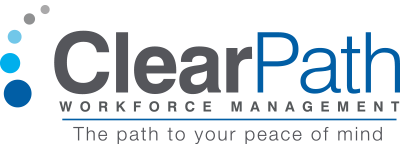The National Labor Relations Board (NLRB) is proposing a new standard for determining if an entity is a joint employer.1 The joint employment dilemma has been through several developments in the past several years. To summarize, the NLRB had held for 30 years that two companies would only be considered joint employers if they shared or co-determine those matters governing the essential terms and conditions of employment and exercised the right to control.
However, in 2015, the Board renounced this joint-employer test in the controversial Ferris decision, eliminating the requirement that the employer exercise control. Instead, the NLRB decided that businesses need only retain the contractual right to control to be considered a joint employer—even if it has never exercised it. Further, the Board held that indirect control (e.g., control through an intermediary) would be enough to find joint employment.
Renee Fink, CEO, ClearPath Workforce Management, says,
“It can be difficult for employers to keep up with the co-employment laws. ClearPath Workforce Management is keeping pace with all of these employment changes.”
The proposed rule will state that an employer may be considered a joint-employer of another employer’s employees only if it possesses and exercises substantial, direct and immediate control over the essential terms and conditions of employment in a manner that is not limited and routine. The new standard raises the regulations for who can be found to be a joint employer, which is good news for companies engaging with independent contractors because it is less likely that a company engaging an independent contractor through an intermediary will be found to be a joint employer. Even though engaging an independent contractor might help with joint employer status, there needs to be caution that this engagement is not really a misclassified employee.
Indirect influence and contractual reservations of authority will no longer be enough to establish a joint-employer relationship. The new rule, if adopted, will restore Board law to the traditional standard for determining joint employer status under the NLRA. This means that a separate company will be considered a joint employer only if the two employers share or co-determine the employee’s essential terms and conditions of employment, such as hiring, firing, discipline, supervision, and direction.
The proposed rule won’t become final until after the public has had a chance to comment on it; the period for comments ends Nov. 13, 2018.
States and other agencies may have their own joint employer definitions. All the agencies overseeing the worker should be considered when evaluating a business’s joint employer status.
Let ClearPath assist your organization with contingent worker employment. When ClearPath is your Employer of Record (EOR), we employ your W-2 contingent workers and take over Human Resources and Payroll functions. We manage all paperwork, including employment agreements, worker eligibility, and statutory enrollment documents.
Contact us to learn more about how our expert personalized service can let you get back to focusing on your business goals. Work with a leader in the industry for outsourced Human Resources and Payroll functions associated with W-2 contingent workers. Get the benefits of hiring contingent workers without the potential risks. Let ClearPath be the path to your peace of mind.
1https://www.nlrb.gov/news-outreach/news-story/board-proposes-rule-change-its-joint-employer-standard
- Written by: Connie Wendt
- Posted on: October 24, 2018
- Tags: CO-EMPLOYMENT, EMPLOYER OF RECORD SERVICE, ENGAGING W-2 WORKERS, INDEPENDENT CONTRACTOR COMPLIANCE, JOINT EMPLOYMENT, W-2 Worker Classification, Workforce Classification

